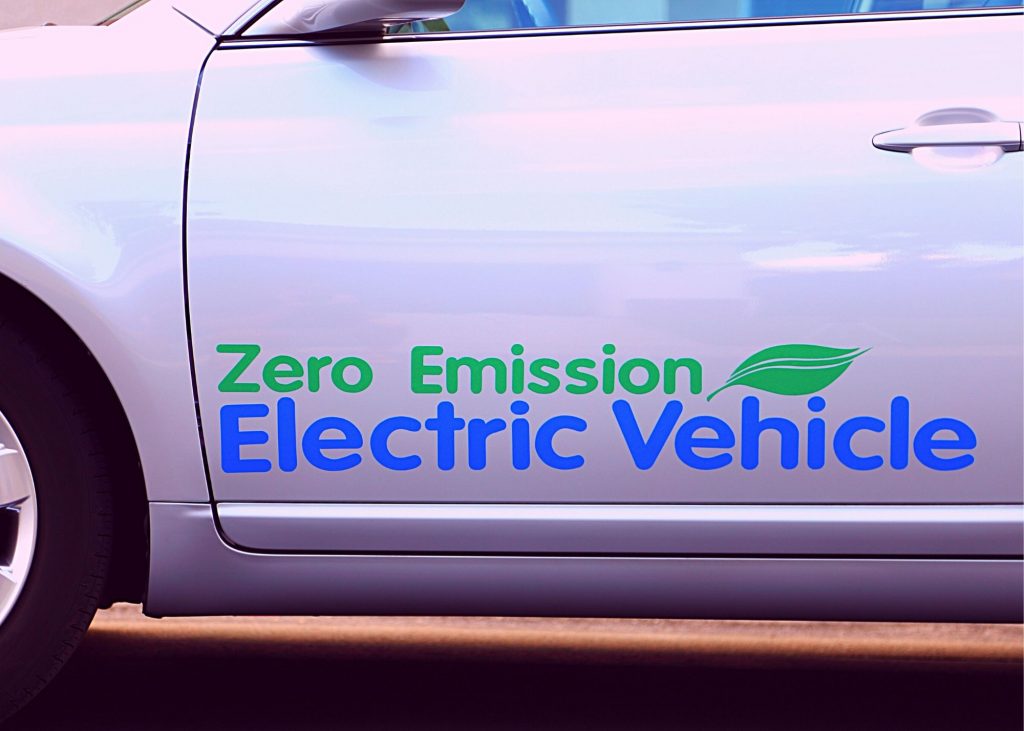
Recently, NOAA (National Oceanic and Atmospheric Administration) announced that CO2 emissions reached the highest level since accurate measurements began 63 years ago, 419 parts per million. The atmospheric burden now is comparable to where it was 4.1 million years ago when the sea level was 78 feet higher than it is today and the average temperature 7 degrees higher than in pre-industrial times. CO2 pollution is generated by emissions from carbon-based fossil fuels used for transportation, deforestation, agriculture, and many other practices. CO2 traps outgoing heat from the planet’s surface, causing the planet’s atmosphere to warm steadily. A large contributor to the emissions is transportation. The current goal is to cut emissions by half by 2050. And to reach our target goal, we need to adopt more sustainable transportation solutions like public transit, biking, and electric vehicles (EVs).
In this post we will focus on EVs. New Jersey is leading the way in EV adoption on the East Coast and the goal is to reach 330,000 EVs in NJ by 2025. To make that happen, NJ offers several programs to make adoption easier.
First, there is the Charge Up New Jersey program, offering up to $5,000 for the purchase or lease of new, eligible zero-emissions vehicles, including battery electric, and plug-in hybrid electric. More information on which vehicles qualify and how to claim the incentive can be found here.
Second, the Clean Fleet EV Incentive Program, supports local and state governments to transition their fleets to EVs. Municipalities and governments can apply for up to $9,500 in grant funding, $4,000 (max 2 vehicles) can be used to purchase battery electric vehicles and $1,500 towards the purchase of dual-port Level 2 charging station. More information about this program can be found here.
Third, combine the NJ incentive with the federal incentive to get up to $12,500 off sticker price. The federal credit depends on the capacity of the battery used to power the vehicle and it is available for vehicles purchased new in or after 2010. You can find more info on that here.
Batteries, or more specifically the concern of not being able to maintain a charged battery (range anxiety), is a reason that many people have postponed purchasing an EV. Newer vehicles can travel about 250 miles on a single charge which is more than we typically drive on day-to-day trips. However the range will depend on model and make. Here is great article on that. And if you need a little help finding chargers in our area, chargehub.com has you covered. They also have an app to help you plan a long trip and other useful features.
Sources:
https://www.njcleanenergy.com/ev
https://chargeup.njcleanenergy.com/
https://chargehub.com/en/
https://www.fueleconomy.gov/feg/taxevb.shtml
